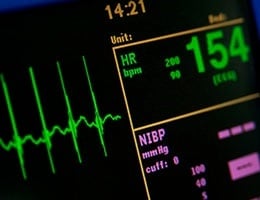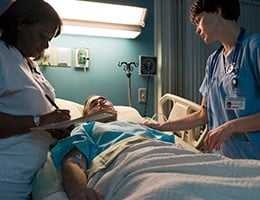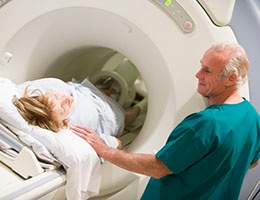
The healthcare industry will continue to have its radar locked on the issue of Patient Safety in 2017. Some of the targets and goals are only vaguely visible from the 30,000-foot level, while others are in clear focus on the ground before us. Depending on where you stand (or fly), opportunities abound to improve patient safety. Let’s take a forward look into 2017, starting high in the clouds and descending eventually to earth.










